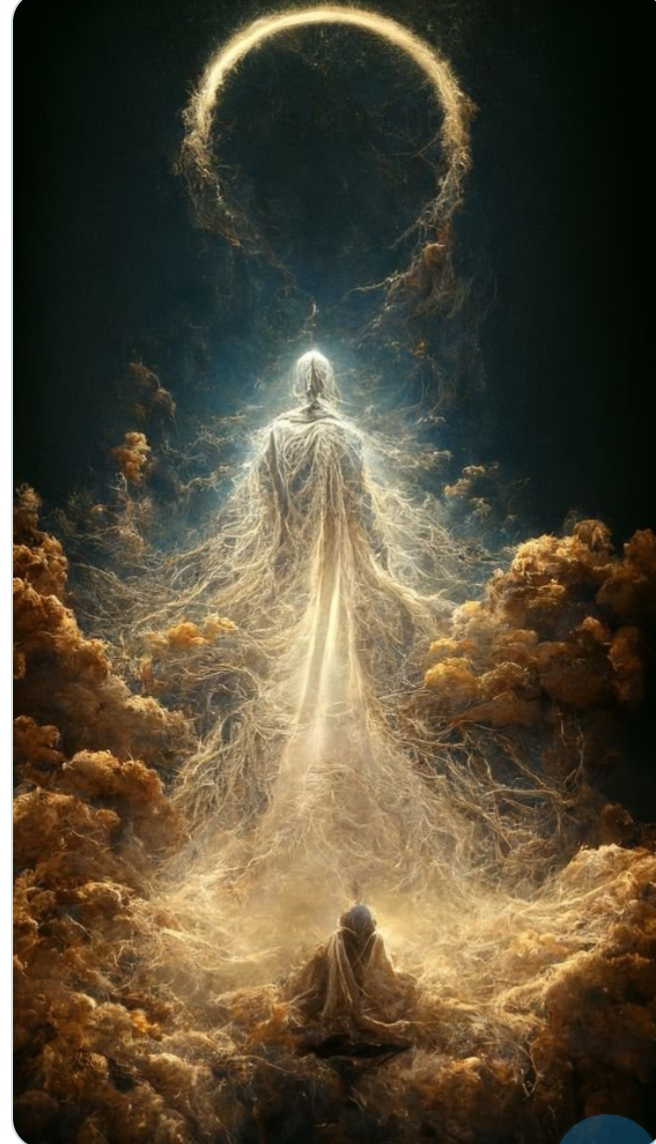|| According to Hinduism, what are the aims of a person, Purusartha explained ||
|| According to Hinduism, what are the aims of a person, Purusartha explained ||
In the vast tapestry of human existence, the pursuit of meaningful goals has always been a driving force. In Hindu philosophy, the concept of Purushartha encapsulates the fundamental objectives and purposes that guide individuals toward a purposeful and fulfilling life.
The term Purushartha finds its origin in the Suryopanishad, an Upanishad associated with the Atharva Veda. It is important to note that the term "Purush" in Purushartha refers not to any gender but to the individual atman in its purest form, applicable to both men and women. The four goals of life, namely Dharma, Artha, Kama, and Moksha, are collectively known as Purushartha. These concepts are also codified in the sacred Dharmashastra, a book of law and ethics. Understanding these concepts is essential for those seeking a deeper understanding and practice of Hinduism.
◆ Dharma- Dharma, a concept deeply rooted in Hindu philosophy, embodies the universal principles of righteousness, wholesomeness, and truth. However, comprehending its precise meaning can be challenging, as the application of dharma may vary for individuals depending on specific circumstances. in simple words, Dharma encompasses one's duties, responsibilities, and the principles that govern their behavior towards oneself, others, and society. It reflects the interconnectedness between individuals and the world, emphasizing the importance of compassion, integrity, and harmony.
Anything which is acquired in the absence of Dharma will occur in misery. Each person has their own Dharma called 'Sva-Dharma’, which is deeply illustrated in Bhagavad Gita.
As per mānusmriti -
धृतिः क्षमा दमोऽस्तेयं शौचमिन्द्रियनिग्रहः ।
धीर्विद्या सत्यमक्रोधो दशकं धर्मलक्षणम् ॥ ६\९२ ॥
Meaning— (1) Steadiness (2) Forgiveness, (3) Self-control, (4) Abstention from unrighteous appropriation, (5) Purity, (6) Control of the Sense-organs, (7) Discrimination, (8) Knowledge, (9) Truthfulness, and (10) Absence of anger,—these are the ten-fold forms of duty.
◆ Artha- Artha represents the pursuit of wealth, success, and material prosperity. It recognizes the practical aspect of human existence, acknowledging that financial stability and resources are essential for a comfortable life. However, Artha, as a concept, extends beyond the mere accumulation of wealth. It emphasizes the importance of earning in a systematic and ethical manner, without becoming attached to material possessions through illusion. It is considered a person's duty that if they earn an excess amount, they should donate to needy people, as it suggests to be prosperous. However, it is essential to maintain a balance by upholding Dharma and striving for progress in both Dharma and Artha simultaneously. This approach ensures the harmonious development of ethical conduct and material well-being.
According to Rig Veda 1.23.4-
यश्चि॒द्धि त॑ इ॒त्था भगः॑ शशमा॒नः पु॒रा नि॒दः ।
अ॒द्वे॒षो हस्त॑योर्द॒धे ॥
Explanation:- This mantra is addressed to Savitadev. It is a well-known fact that Wealth is adored everywhere but it should be from positive sources.
Therefore Savitadev holds the Wealth that is majestic, Without malice or Without any sort of criticism.
Deep meaning: Vedas say that Wealth should be earned through the path of Dharma and your hard work, not through deceit or Adharma.
◆ Kama: Kama doesn’t mean just a simplistic longing or desire; it’s actually the right kind of desire. We can say it refers to the relation with the higher concept of beauty through an artistic expression, where the person must understand what desires he/she has, and how they interrelate to their interests & goals which is beautifully described in Kamāsůtra- a book written by Rishi Vatsyāyana. { I have written a thread on Kamasutra and will write again adding a few more information to it.} In simple words, It encompasses the enjoyment of life's pleasures, be it in relationships, art, music, or any other form that brings joy and satisfaction. Kama recognizes that human beings are driven by a range of desires and emotions, and fulfilling these desires within ethical boundaries can lead to a well-balanced and harmonious life. It encourages individuals to embrace and appreciate the beauty and diversity of the world, nurturing their emotional and aesthetic needs.
◆ Moksha- It is considered the ultimate goal of a person's life which means self-realization or enlightenment. We can say that the other three are simply stepping stones to Moksha. According to Vivek Chudamani ( a book written by Āadi shankaracharya )—
जातिनीतिकुलगोत्रदूरगं नामरूपगुणदोषवर्जितम् ।
देशकालविषयातिवर्ति यद् ब्रह्म तत्त्वमसि भावयात्मनि ॥
"Beyond caste, creed, family or lineage, that which is without name and form, beyond merit and demerit, That which is beyond space, time and sense-objects, You are that, Ishwara himself; Meditate this within yourself."
The path of Moksh in different Yugas as per Tulsidas Ramayan-
कृतजुग सब जोगी बिग्यानी।
करि हरि ध्यान तरहिं भव प्रानी॥
त्रेताँ बिबिध जग्य नर करहीं।
प्रभुहि समर्पि कर्म भव तरहीं॥
द्वापर करि रघुपति पद पूजा।
नर भव तरहिं उपाय न दूजा॥
कलिजुग केवल हरि गुन गाहा।
गावत नर पावहिं भव थाहा।।
"In the age of Satyug, all individuals born were Yogis, characterized by a pure state of mind infused with the name of Hari. This spiritual connection enabled them to swiftly transcend the Ocean of Worldly existence.
Treta Yug, known as a three-legged era, witnessed people engaging in constant Yagya and offering their devotion to Prabhu. This dedication facilitated their journey across the Ocean of Worldly existence.
Dwapar Yug referred to as a two-legged era, involved the recognition that venerating the sacred legs of Shri Hari was crucial for traversing the Ocean of Worldly existence.
Kaliyug, the current age, necessitates the chanting of the virtues and qualities of Shri Hari as a means to navigate the Ocean of Worldly existence. This practice is considered instrumental in crossing this vast expanse.
According to Rigveda 1.24.2-
अ॒ग्नेर्व॒यं प्र॑थ॒मस्या॒मृता॑नां॒ मना॑महे॒ चारु॑ दे॒वस्य॒ नाम॑ ।
स नो॑ म॒ह्या अदि॑तये॒ पुन॑र्दात्पि॒तरं॑ च दृ॒शेयं॑ मा॒तरं॑ च ॥
We can achieve the path of Moksha or Salvation only after taking birth as Humans. This cycle of being reborn as human beings opens the door towards Salvation or Moksha.
Purushartha in Mahabharata-
स्वर्गारोहण पर्व, अध्याय ५, श्लोक ५० -
धर्मे च अर्थे च कामे च मोक्षे च भरतर्षभ।
यदिहास्ति तदन्यत्र यन्नेहास्ति न तत्क्वचित्।
Whatever has been said in Mahabharata about Dharma, Artha, Kama, and Moksha has been said elsewhere also, but anything which is mentioned in this will not be found anywhere else. The complete divine volume of this book explains all aspects of life and is considered as an encyclopedia of India's Sanatan dharma ( cultural ) history. Anyone who has studied Mahabharata in depth would have realized how true this statement is!




Comments
Post a Comment